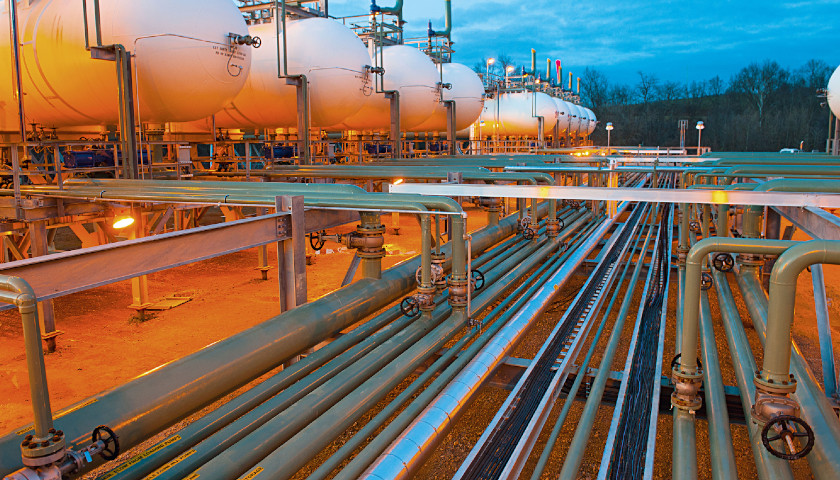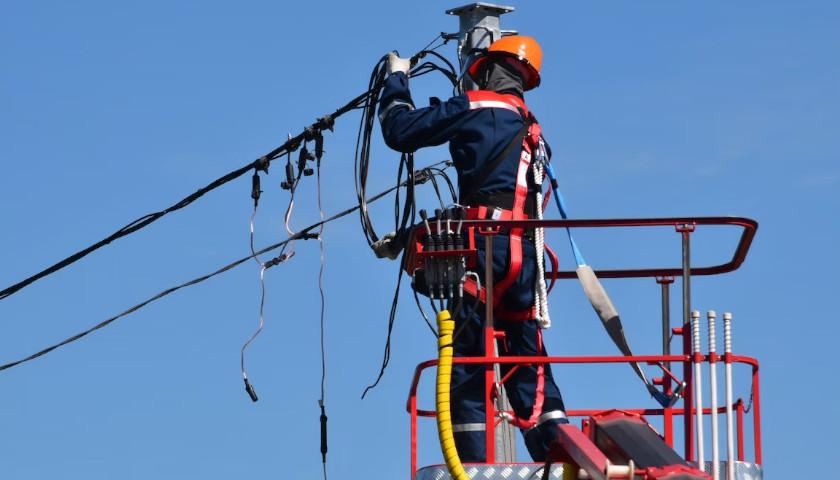by Anthony Hennen
As natural gas production expands in other states, Pennsylvania’s has flatlined and seen productivity declines. Industry leaders blame permitting issues and other roadblocks, while environmentalists say the economic outlook for gas has weakened and nature benefits.
“Productivity declines and limits on natural gas takeaway capacity resulted in a 0.4 (billion cubic feet per day) decrease in Pennsylvania’s total natural gas production in 2022,” the U.S. Energy Information Administration reported. “Until last year, output had increased every year since 2013 on the back of drilling efficiency gains.”
The highest-producing counties in Pennsylvania — Susquehanna, Washington, Bradford, and Greene — had a 3 percent production decline, and only Greene County had a slight increase.
The decline happened the same year that Pennsylvania’s natural gas impact fee, which sends revenue to local and state governments, reached $279 million, a new high and 19 percent increase from last year. However, the Independent Fiscal Official expects a dramatic $100 million fall in impact fee revenues for next year.
Pennsylvania’s decline isn’t mirrored nationally. Natural gas production in the Permian Basin of Texas and New Mexico hit record levels, increasing 14% from 2021.
As the industry sees it, the problem is one created by policy choices.
“Pennsylvania can provide the affordable and reliable energy that our nation and the world needs but permitting red tape and overreaching courts are preventing the development of critical infrastructure to safely move more natural gas to consumers,” Marcellus Shale Coalition President David Callahan said.
Callahan has warned of the commonwealth hitting growth limits due to pipeline capacity issues, as The Center Square previously reported.
“It shouldn’t take an act of Congress to permit the build-out of essential infrastructure,” he said. “Meaningful permitting reform is desperately needed to ensure we’re growing our economy, creating good-paying jobs, and strengthening America’s global environmental and security leadership role.”
The production declines are not unwelcome news for everyone.
“The fossil fuel and petrochemical industry is one of our leading sources of pollution now,” PennFuture Senior Director of Energy and Climate Rob Altenburg said.
Altenburg dismissed permitting as an issue; similar to arguments during Senate hearings with the Department of Conservation and Natural Resources, many permits have been issued but are not being developed, due to lower prices for natural gas making some production unprofitable.
He argued that the environmental risks aren’t always accounted for in energy discussions.
“With pollution, there tends to be a sort of 80-20 rule where the majority of pollution tends to come from a minority of the sites,” he said. “You can have quite a few wells and facilities that don’t leak much — but the ones that do leak tend to leak a lot … with the very deep and large Marcellus wells, the potential for very, very large leaks is certainly a lot higher.”
– – –
Anthony Hennen is a regular contributor to The Center Square.
Photo “Natural Gas Plant” by Bilfinger CC-ND2.0.








